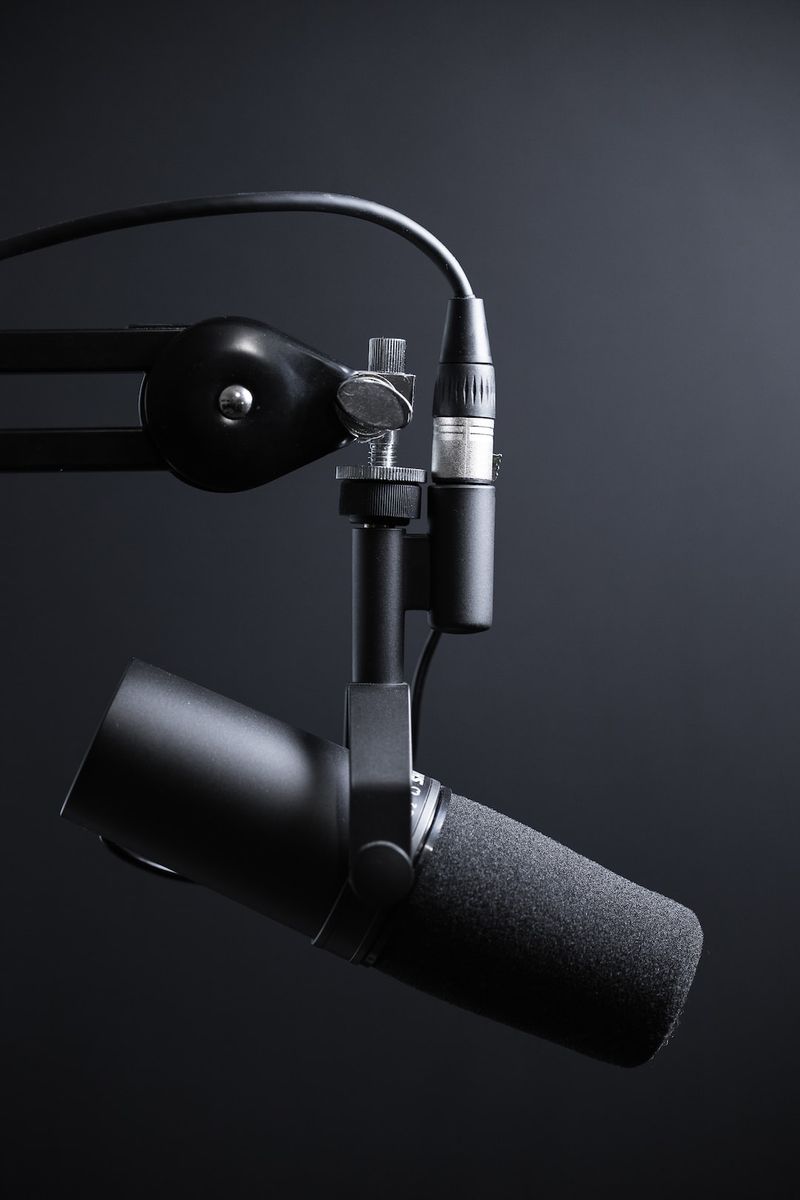Data Protection Researchers Extract Sounds From Still Images on Smartphone Cameras
A group of academic researchers has developed a technique to extract sounds from still images captured using smartphone cameras with rolling shutter and movable lens structures. According to a research paper published by the researchers, the movement of camera hardware creates sounds that are modulated into images as imperceptible distortions. This phenomenon, known as an “optical-acoustic side channel,” allows for acoustic eavesdropping without requiring line of sight or the presence of an object within the camera’s field of view.
The researchers focused on the limitations of this side channel, which relies on a “suitable mechanical path from the sound source to the smartphone” to support sound propagation. By analyzing the leaked acoustic information, the researchers were able to identify different speakers, genders, and spoken digits with high accuracy using machine learning.
However, it is important to note that the threat model assumes that the attacker can capture a video with the victim’s camera and has access to speech samples of the target individuals beforehand. The researchers used a dataset of 10,000 samples of signal-digit utterances and trained their model for gender recognition, identity recognition, and digit recognition tasks. They used smartphones from Google Pixel, Samsung Galaxy, and Apple iPhone for their experiments.
The researchers reported accuracies of 99.67%, 91.28%, and 80.66% on recognizing spoken digits, speakers, and genders, respectively, based on their evaluation with 10 different smartphones. They also mentioned that lower quality cameras would limit the potential information leakage associated with this type of attack.
Implications for Data Protection and Privacy
This research raises significant concerns about data protection and privacy. While traditional methods of audio recording rely on the microphone built into a device, this technique allows an attacker to extract sounds without accessing the microphone at all. This means that even if users take precautions to disable microphone access for certain applications, their conversations could still be captured through the optical-acoustic side channel.
One possible scenario where this technique could be exploited is through a malicious application running on a smartphone. If an attacker captures a video using the victim’s camera and has previous access to the target’s speech samples, they can analyze the resulting images to extract the audio information. This poses a serious threat to individuals’ privacy, as conversations that were thought to be secure can now be eavesdropped upon using a completely different method.
Protecting Against Optical-Acoustic Side Channel Attacks
In light of this research, it is crucial for smartphone users to be aware of the potential risks and take steps to protect their privacy. Here are some recommendations:
1. Be Mindful of Camera Usage
Users should be cautious about when and where they use their smartphone cameras. Avoid recording videos in private or sensitive environments where eavesdropping could be a concern. Individuals should also be mindful of their surroundings and refrain from capturing videos that might reveal confidential information or compromise their privacy.
2. Limit Camera Permissions for Apps
Review and manage the camera permissions granted to applications on your smartphone. Disable camera access for applications that do not require it for their core functionality. By carefully managing camera permissions, users can reduce the risk of unauthorized capturing of audio through the optical-acoustic side channel.
3. Consider Hardware Limitations
Lower quality cameras are likely to have limited information leakage through this side channel. If privacy is a concern, users can opt for smartphones with lower resolution cameras or cameras with limited capabilities. Additionally, smartphone manufacturers can take steps to mitigate this attack vector through design improvements, such as higher rolling shutter frequencies, random-code rolling shutters, tougher lens suspension springs, and lens locking mechanisms.
4. Raise Awareness and Regulation
Research projects like this underscore the need for greater public awareness and regulation around data protection and privacy. Users should be informed about the potential risks associated with optical-acoustic side channels and encouraged to take steps to protect their privacy. Policymakers and regulatory bodies should work towards establishing guidelines and standards to address emerging threats related to data privacy.
In conclusion, the ability to extract sounds from still images captured using smartphone cameras through the optical-acoustic side channel poses a significant threat to data protection and privacy. As technology continues to advance, it is crucial for users to remain vigilant and take necessary precautions to mitigate these risks. Additionally, policymakers and manufacturers must stay proactive in addressing emerging threats and establishing comprehensive regulations to safeguard individuals’ privacy in the digital age.

<< photo by Jukka Aalho >>
The image is for illustrative purposes only and does not depict the actual situation.




